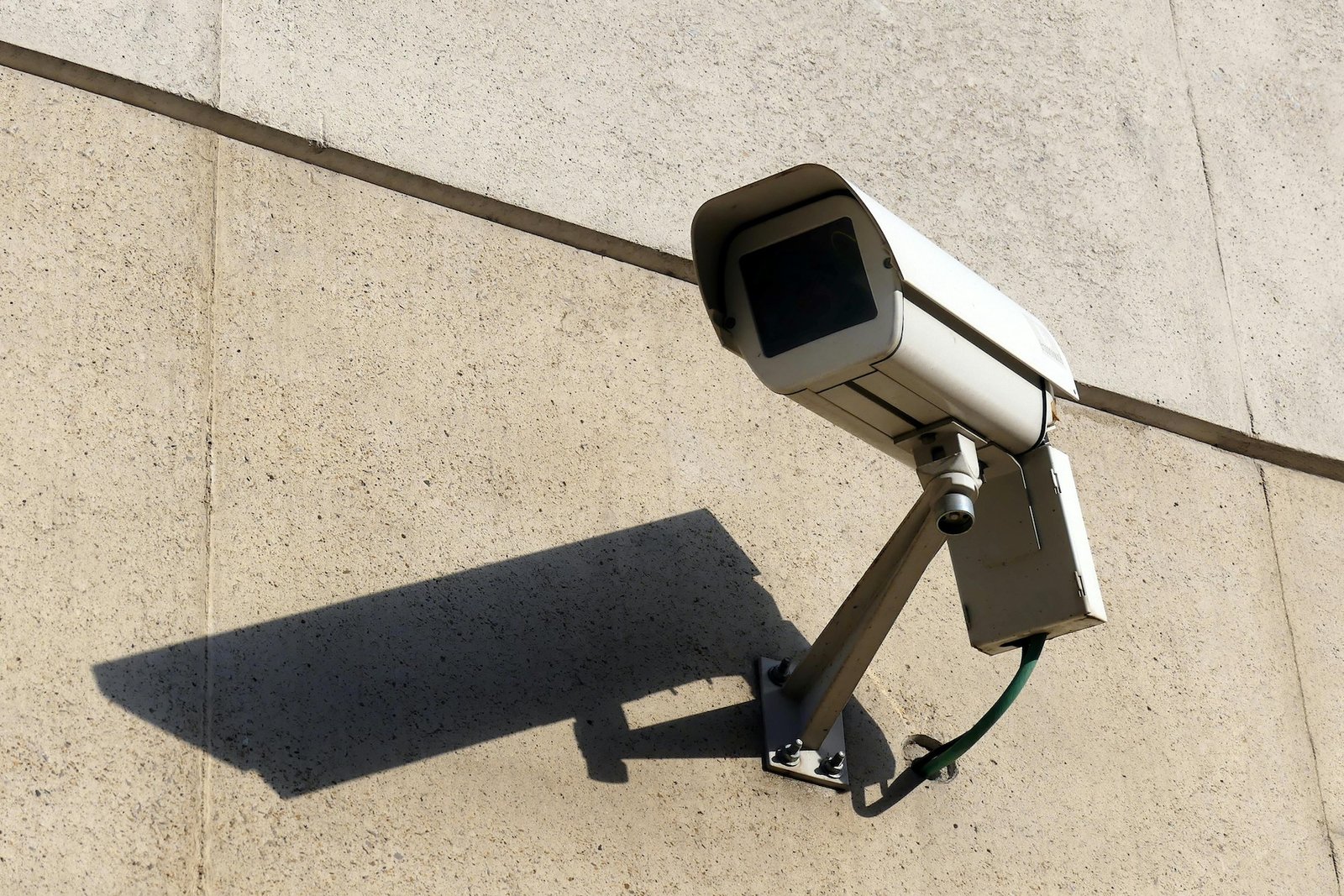CCTV systems, video recording, and surveillance workflow explain how these systems operate, ensuring effective monitoring and security.
CCTV systems are integral to modern security infrastructures, offering seamless video recording and monitoring capabilities. These systems follow a structured surveillance workflow that enables efficient capture, transmission, storage, and analysis of video footage. Understanding this workflow is essential for optimizing system performance and ensuring effective security measures in residential, commercial, and public spaces.
This guide explores the components, setup, and operational process of CCTV systems, with a focus on the role of video recording and the importance of a well-defined surveillance workflow.
Basic Components of CCTV Systems
Cameras
Cameras are the cornerstone of any CCTV system, capturing video footage for monitoring and recording. Types include:
- Bullet Cameras: Long-range focus, ideal for outdoor areas.
- Dome Cameras: Wide-angle coverage and tamper-resistant designs, suited for indoor use.
- PTZ Cameras: Pan, tilt, and zoom capabilities for dynamic monitoring.
- IP Cameras: Internet-connected cameras offering remote access and high-resolution video.
Key features include night vision for low-light conditions, wide-angle lenses for broader coverage, and 4K resolution for detailed imaging.
Recording Devices
Recording devices securely store video footage for real-time or retrospective analysis. Options include:
- DVRs (Digital Video Recorders): Used with analog cameras to digitize and store footage.
- NVRs (Network Video Recorders): Designed for IP cameras, providing high-resolution storage with remote access capabilities.
Advanced video recording technologies, such as H.265 compression, ensure efficient use of storage space without compromising quality.
Monitors
Monitors display live or recorded footage, allowing operators to review incidents and monitor activities in real time. High-resolution monitors are crucial for identifying details like faces or license plates.
Connectivity
Connectivity links the components of a CCTV system, enabling smooth data transmission. Options include:
- Wired Connections: Reliable and stable data transmission via Ethernet or coaxial cables.
- Wireless Networks: Flexible and scalable, supporting remote access and cloud storage.
| Component | Function | Examples |
|---|---|---|
| Cameras | Capture video footage | Bullet, Dome, PTZ, IP Cameras |
| Recording Devices | Store video securely | DVRs, NVRs |
| Monitors | Display live or recorded footage | High-Resolution Screens |
| Connectivity | Links all system components | Wired, Wireless Networks |
How CCTV Systems Operate

Step 1: Capturing Video
Cameras record video footage from designated areas, capturing activities in real time. Features like motion detection and zoom enhance functionality.
Step 2: Transmitting Video Data
Footage is transmitted to recording devices via wired or wireless networks. IP cameras use internet connections to enable remote access, ensuring flexibility.
Step 3: Recording and Storage
Recording devices store video footage locally or on cloud platforms. Compression technologies, like H.265, minimize storage space requirements while maintaining high video quality.
Step 4: Monitoring and Analysis
Monitors display live feeds or stored footage for analysis. Advanced tools, such as video analytics, automate the detection of unusual activity, improving efficiency within the surveillance workflow.
| Workflow Stage | Description | Technologies Used |
|---|---|---|
| Capturing | Cameras record activities | HD, Night Vision, Motion Tracking |
| Transmitting | Video data sent to storage devices | Wired, Wireless Networks |
| Recording | Footage stored securely | DVRs, NVRs, Cloud Platforms |
| Monitoring | Video reviewed live or post-event | Monitors, Analytics Tools |
Advanced Features in the Surveillance Workflow
Real-Time Monitoring
Real-time monitoring ensures continuous oversight of critical areas. Remote access via mobile apps or cloud platforms provides flexibility and convenience.
Automated Alerts
AI-powered systems generate alerts for unusual activities, such as unauthorized entry or motion in restricted zones. These alerts enhance the response capabilities of operators.
Video Analytics
Analytics tools process video data within the surveillance workflow, identifying and tracking objects, detecting motion, and analyzing behavior. Key functionalities include:
- Motion Detection: Identifies movement in predefined zones.
- Object Detection: Recognizes entities like vehicles, packages, or people.
- Behavioral Analysis: Detects unusual activity, such as loitering or running.
| Feature | Description | Benefits |
|---|---|---|
| Real-Time Monitoring | Continuous video oversight | Enhanced Response Times |
| Automated Alerts | AI-based notifications for incidents | Proactive Threat Management |
| Video Analytics | Identifies patterns and anomalies | Improved Security Insights |
Applications of CCTV Systems
Residential Security
CCTV systems protect homes by monitoring entry points, driveways, and shared spaces. Compact cameras with night vision and motion alerts enhance safety.
Commercial Security
Businesses use these systems to prevent theft, monitor employees, and manage access control. Multi-camera setups are common in offices, retail stores, and warehouses.
Public Safety
Public spaces rely on CCTV systems for traffic management, crowd control, and emergency response. Advanced analytics improve decision-making and enhance safety.
| Application | Features | Examples |
|---|---|---|
| Residential Security | Motion Alerts, Night Vision | Homes, Apartments |
| Commercial Security | Multi-Camera Setups, Access Control | Offices, Warehouses |
| Public Safety | Real-Time Alerts, Traffic Monitoring | Transportation Hubs, Parks |
Benefits of a Well-Defined Surveillance Workflow
- Improved Efficiency: Ensures seamless integration of video capture, transmission, storage, and monitoring.
- Enhanced Response: Automated alerts and real-time monitoring enable faster action.
- Customizable Solutions: Tailors system capabilities to specific security requirements.
Challenges and Considerations
- Network Stability: Maintaining reliable connectivity for seamless operation.
- Data Security: Protecting recorded footage from unauthorized access.
- System Maintenance: Regular updates and inspections to ensure optimal performance.
Conclusion
CCTV systems operate through a coordinated surveillance workflow, combining video capture, data transmission, storage, and monitoring for effective security. By leveraging advanced video recording technologies and AI-driven analytics, these systems provide smarter and more reliable solutions for residential, commercial, and public applications. Understanding the workflow and components ensures optimized performance and enhanced safety, making CCTV systems indispensable in modern security strategies.
